

Matt Campbell
2026 Hyundai Tucson Hybrid review
1 Hour Ago
The Mercedes-Benz S-Class has an impressive history of being the first car to feature new technologies. We take a look back at a few of the highlights, as well as one or two which actually made their debut elsewhere.

Journalist
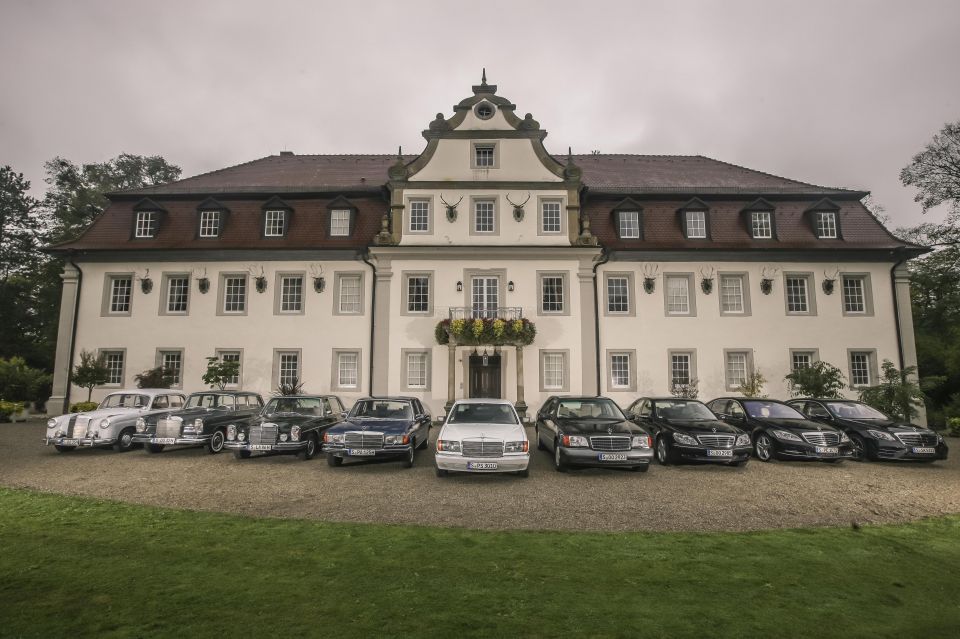

Journalist
Mercedes-Benz this week announced a slew of new safety and technology features that will make their debut on the next-generation S-Class, which is due to launch later this year and go on sale globally in 2021.
Headline items include airbags for the rear passengers built into the back of the front seats, an improved active suspension system, and rear wheels that can turn up to 10 degrees.
As its flagship model, Mercedes-Benz has always used the S-Class as a means of introducing a new technology. Often these are new to the brand, but in some instances were also a first in production vehicles.
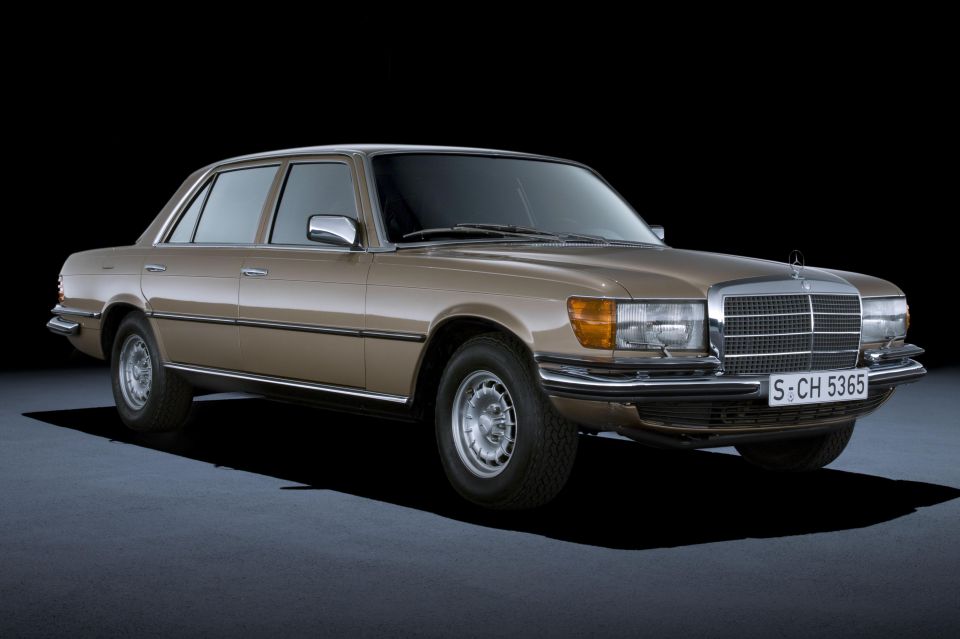
Mercedes-Benz officially branded its range-topping model range as the S-Class with the launch of the W116.
In 1978, the S-Class became the first production car to feature an anti-lock braking system (ABS).
Although Mercedes-Benz and its partners had demonstrated a functioning ABS setup earlier in the decade, this relied on analog circuits, which were both complex and unreliable.
It wasn’t until the advent of integrated digital circuits that the technology was ready for series production, and widespread use.
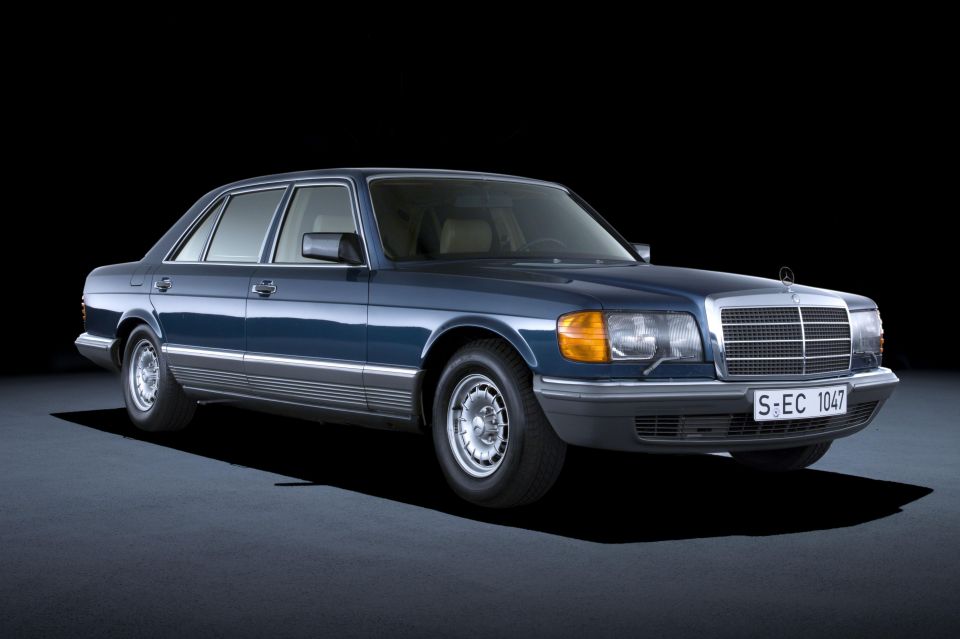
Although widely believed to be the first production car with an airbag, the S-Class was actually beaten to the honour by General Motors.
The General offered the Air Cushion Restraint System (ACRS) as an option for both the driver and front passenger on a number of Cadillac, Buick and Oldsmobile models.
Intended as a replacement for seat belts, these vehicles were exempt from American regulations requiring seat belts to be fastened before starting the car, and only came fitted with front lap belts.
With only about 10,000 buyers opting for ACRS, GM withdrew its airbags from the market in 1976.
In 1981 range-topping versions of the S-Class were offered a driver’s-side airbag. Marketed as a Supplemental Restraint System (SRS), these airbags were designed to work in concert in seat belts.
Indeed, this S-Class was the first production car available with pre-tensioners, which when a collision occurs pull the seat belts tight to prevent passengers from moving around too much.

The ‘last of the over-engineered models’ from Mercedes-Benz saw the introduction in 1995 of stability control. Branded as ESP (Electronic Stability Program), it made use of the ABS hardware to brake individual wheels to try to bring the car back to its intended course.
In 1996 Brake Assist (BAS) was added to the S-Class range. With many drivers failing to apply enough brake pressure to avoid or mitigate a crash, BAS detects an attempted emergency braking manoeuvre and applies maximum brake pressure.
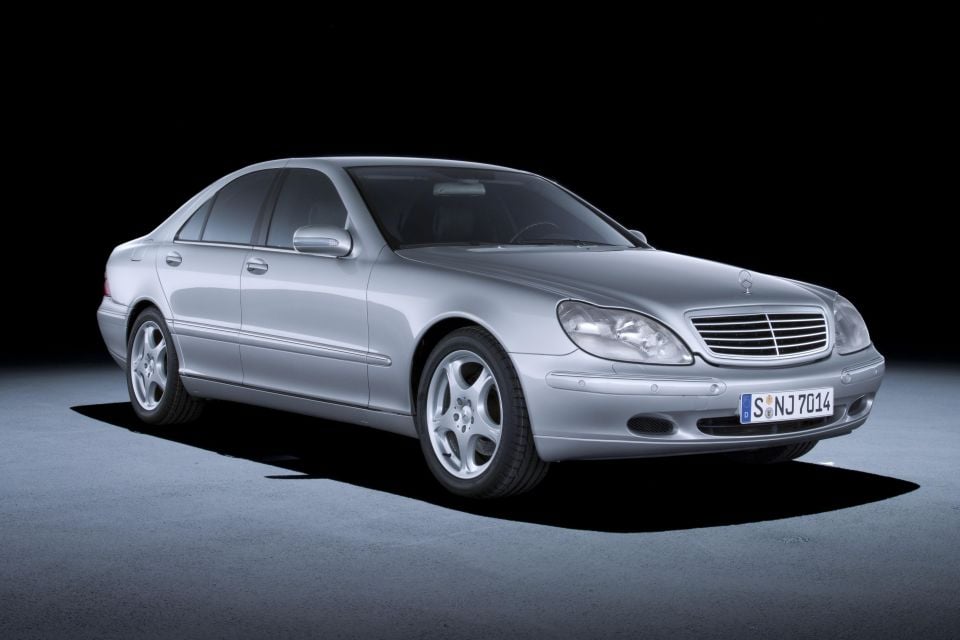
In 1998, the S-Class shrank a little and become a lot more stylish. It also saw the introduction of the company’s Distronic adaptive cruise control system.
While it wasn’t the first cruise control setup to monitor the road ahead, and lower the car’s speed in order to keep a safe distance, it was the first to use radar instead of LIDAR.
This not only kept costs reasonable, but enabled it to work at autobahn speeds, as well as in rain and fog.
In 2002 the W220 debuted the Pre-Safe system, which detects when a collision is imminent and takes measures to protect the passengers, such as closing the sunroof, adjusting seat positions, and raising headrests.
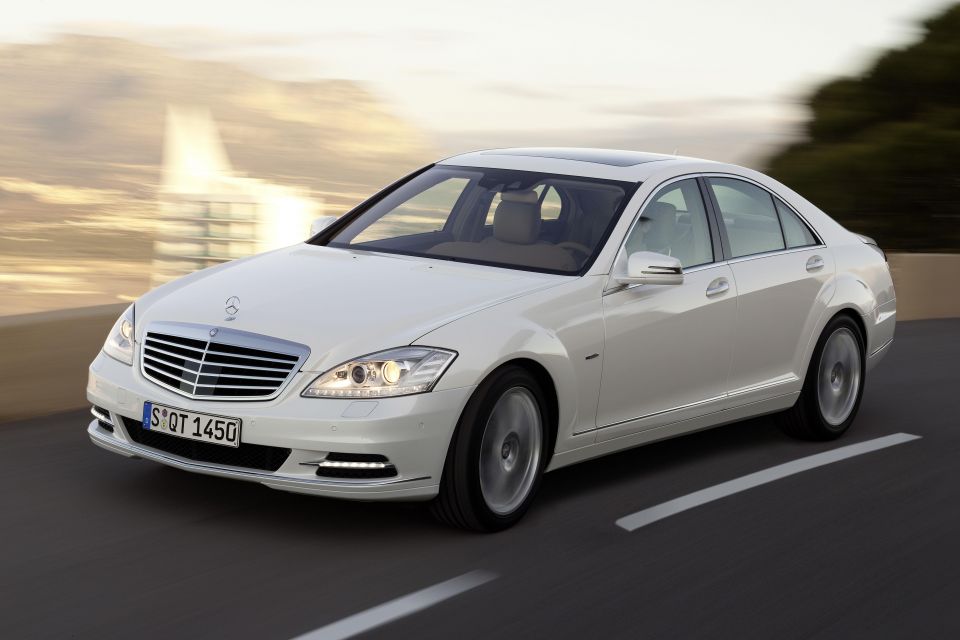
The S-Class wasn’t the first car to come with an active night vision system — that honour goes to Toyota a few years earlier.
Mercedes-Benz was the first, though, to put the night vision display in the instrument panel, allowing the driver to see usually hidden objects without taking their eyes too far off the road.
The active system in the S-Class had near-infrared emitters built into the headlight enclosure. A camera mounted on the windscreen was able to capture the reflection of these infrared beams so they could be shown to the driver.
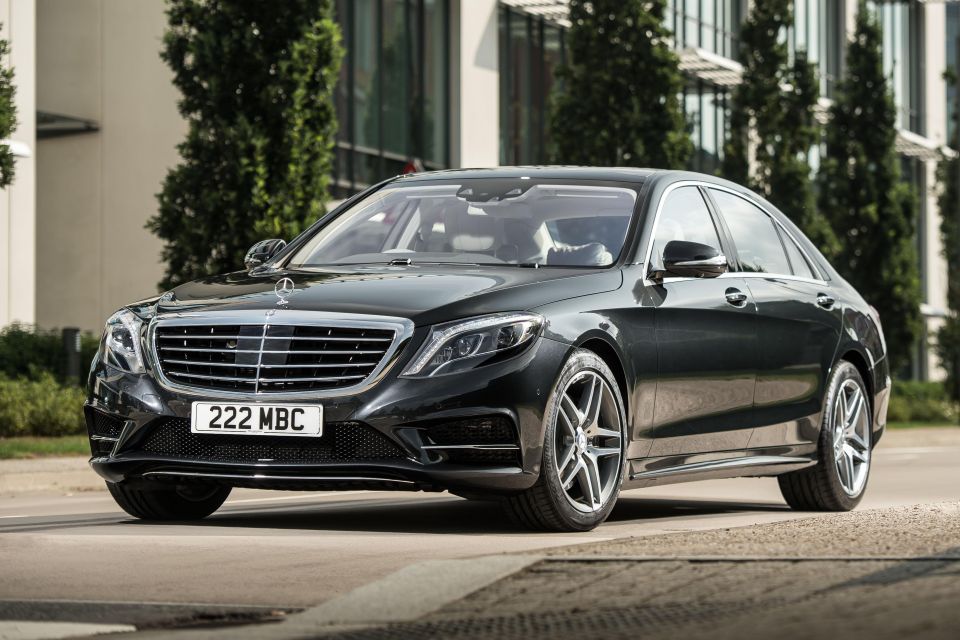
The current S-Class lays claim to being the first production car to be equipped solely with LED lighting both inside and out.
LEDs are more energy efficient, have a longer lifespan, and can be cheaper to produce. In addition to this they can be incredibly small, which allows for a wide array of exterior lighting signatures, as well as customisable interior ambient lights.
With its Road Surface Scan, the W222 was also touted as the first car to check the road ahead and adjust the suspension in anticipation.
Nissan’s Supersonic Suspension System, launched in 1983 on the Japanese Bluebird, beat it to the punch by quite some distance, although it was considerably less sophisticated.
The Supersonic setup monitored driver inputs and used an ultrasonic sonar to monitor the road. Depending on the state of the tarmac coming up, the front and rear dampers could be switched between three settings: soft, medium, and hard.
Where expert car reviews meet expert car buying – CarExpert gives you trusted advice, personalised service and real savings on your next new car.
Derek Fung would love to tell you about his multiple degrees, but he's too busy writing up some news right now. In his spare time Derek loves chasing automotive rabbits down the hole. Based in New York, New York, Derek loves to travel and is very much a window not an aisle person.


Matt Campbell
1 Hour Ago


Max Davies
17 Hours Ago


William Stopford
17 Hours Ago


Derek Fung
18 Hours Ago


Max Davies
1 Day Ago


William Stopford
2 Days Ago